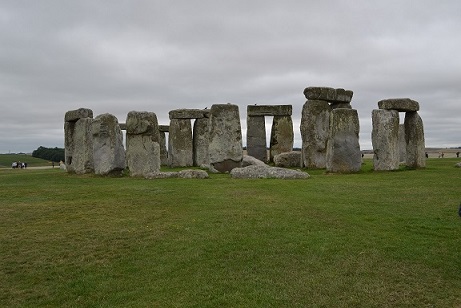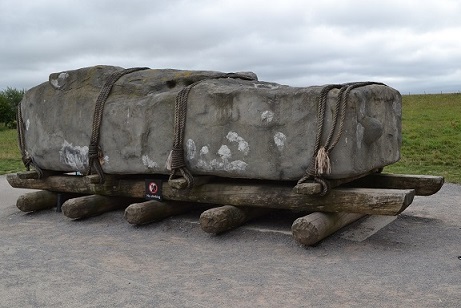Stonehenge 
3100 BC.
 Stonehenge is located on salisbury Plain in southern England and is one of the most famous prehistoric sites in the world. It appears have been both a religiouscenter and an astronomical observatory. It looks that the stonehenge was built in 3 phases. Stonehenge is located on salisbury Plain in southern England and is one of the most famous prehistoric sites in the world. It appears have been both a religiouscenter and an astronomical observatory. It looks that the stonehenge was built in 3 phases.
I write of pyramids in Egypt and of other pyramids worldwide. In China, Egypt, South-America and of some constructions here in Finland etc. Now I write of one famous place construction in England. Mathematics will of course include in this context, especially when Cheops pyramid in Egypt. The most important is the dating of the construction phases.
The First Construction Phase
This was made about 3100 BC the first monument consisted of a circular bank and ditch diameter of 115* m. Although there is evidence for activity both before and afterwards on the site. Note the pyramids in Egypt and dating back as first constructions to build up a pyramid. The same kind of banks have been found in Eastern-Europe. The same can say of pyramids which are like a belt around the world.
* In year 2014, the mentioned diameter in Wikipedia was 110 m.
The Second Construction Phase
There is no longer visible evidence of the second phase. They were some wooden constructions inside the ditch.
The third Construction Phase
Made about 2600 BC. It should be noted Cheops pyramid and Stonehenge, or both are done for centuries precision at the same time. Is it really, it's time to show?
Stone Circles
The most visible part of Stonehenge are two large and two smaller stone circles. The diameter of the outermost stone circle is 30 meters. The diameter of ditch and bank is 115 meters and the length of the ancient Egyptian royal cubic was 0.5235023 meters.
115 m / 30 m = 3.83
(3.83 / 2) x 0.5235023 = 1.00


Archaeologists have found four, or possibly five, large Mesolithic postholes (one may have been a natural tree throw), which date to around 8000 BC, beneath the nearby old tourist car-park in use until 2013.

23.8.2018*09:41 (945 - 191)
www.karikolehmainen.com
epcalculation@gmail.com |